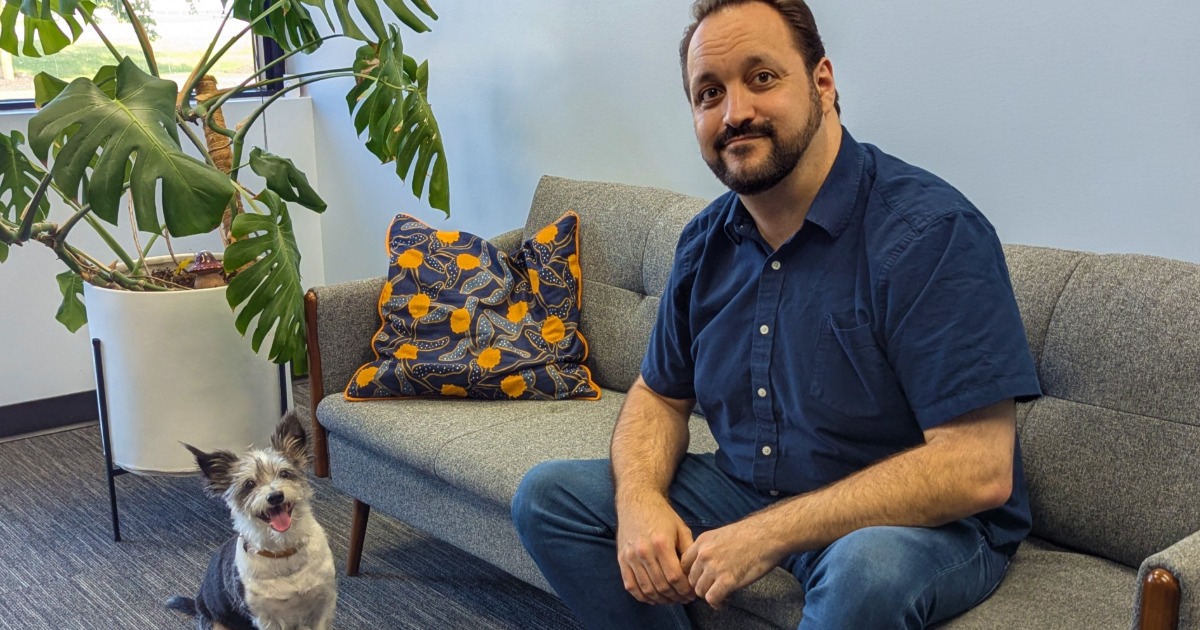Ready or not?
WASHINGTON – On February 24, the Office of the National Coordinator for Health IT (ONC) published its proposed rule for the certification of electronic health records.
The rule finds vendors having to ensure their EHRs support the specifications of Stage 2 meaningful use – with its increased emphasis on patient engagement and online access, more advanced health information exchange capabilities, and more stringent privacy and security features.
So how ready are vendors for this second round of rulemaking?
After all, CMS opted to delay the onset of Stage 2 for a year – to 2014 – because of complaints from the vendor community that the initially proposed start date of 2013 left too little time to develop and test EHR functionality.
And it's been noted that some vendors are still lagging when it comes to Stage 1. In a recent interview with Healthcare IT News, National Coordinator Farzad Mostashari, MD, was his typically sanguine self about meaningful use. It's "hard to find disappointment," he said. "I think we're really pushing on the whole sector together. Providers are working so hard and pushing forward, and vendors are."
However, pressed for one bit of regret, he did concede ("if you're forcing me") "I think that it has taken the vendors maybe three to six months longer than I had hoped in terms of really being out there and having upgraded everybody to the version of the software that can support meaningful use."
Indeed, in his mostly-upbeat keynote address at HIMSS12, Mostashari said that "a lot of vendors are still learning, not just how to meet the criteria, but make it usable" within providers' workflow.
Others have noted some areas for concern as we move into the next phase of meaningful use. For one thing, said Kyle Meadors, director of EHR testing at Drummond Group, Stage 2 is where the rubber starts to hit the road.
"You're getting into real interoperability," he said. "That's not easy to do. It's not something you can just roll out."
"Security with digital certificates, and toolkits, that's complicated," he added. "It's a bar raising. I think people can make it, but it's going to take some work."
And while Meadors suspects the fact that vendors will be building off the progress already made in Stage 1, and that many of them "already have relationships with ACTBs," will mean a "smoother" experience for many compared to the first round, he does say he's "glad that it's a 2014 initiative, not a 2013 initiative. That would be a concern."
Others wonder whether some firms have the manpower necessary to meet these new benchmarks. "They're flat out," says Chilmark Research analyst John Moore. "I've been getting a lot of feedback from CIOs who are really miffed at their vendors for moving so slowly" with features they want fixed or improved.
On the other hand, he notes, "the vendors are saying, 'We've got 80 to 90 percent of our development staff devoted just to these regulatory requirements. We don't have anyone left over to enhance the product itself. I continue to hear from the vendors that I've spoken with – almost every call – ‘oh, we have so many open positions. We can't fill these positions. We're still looking for developers.’ Everyone seems to be resource-limited right now."
Asked about Mostashari's comments, Moore says, "I think its fair of him to have that impression, but I think that frankly the vendors are in a tight spot right now. Resources are extremely thin. I know one vendor that has 90 open positions. I know another developer that was acquired, and as soon as they were acquired, they quickly poached a bunch of developers from the acquiring company just so they could get their product developed. There's a real battle for resources right now.
HIMSS EHR Association Vice Chair Charlie Jarvis, vice president for health reform and government initiatives at NextGen, agreed that "having the longer time frame is absolutely going to be essential."
It's not just the developers that are in tight supply, he added, "it's the implementation teams."
Still, he said, "the commitment is there." Also, at this point, there is a measure of experience. "We've been through the war once already. We know what to expect. Secondly, we have a lot more time this time – we're appreciative of ONC understanding that piece."
Still, there are technical concerns. One big worry, he said, "and I don't think this should be a surprise to anybody at ONC, is the lack of an HIE framework around the country. We are all very concerned about the fact that we have so many different models of how to connect. We physically cannot do that level of connection with what we have right now."
Jarvis notes that NextGen alone "has about 400 different requests to connect in different ways from our customers. That's impossible. We have got to get to a standardized protocol in order to be able to effectively implement the HIE piece."
Meanwhile, he said, NextGen and the other EHR Association members will march toward Stage 2, "going into it with our eyes wide open, with an arm in partnership to the ONC and with an arm in partnership to our clients.
"We'll find a way to get there," said Jarvis. "Is there going to be some grinding and gnashing of teeth along the way, and some unforeseen challenges? Of course. But we're not looking at it as doom and gloom."


